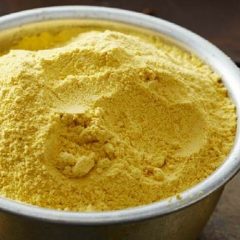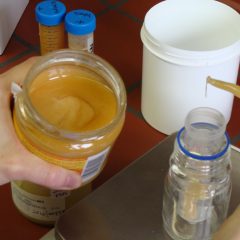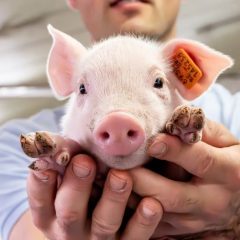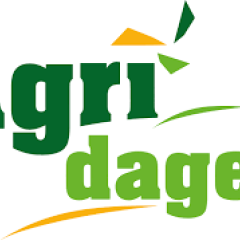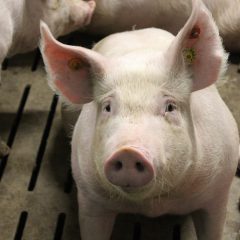Research project Detection and valorisation of pork with boartaint
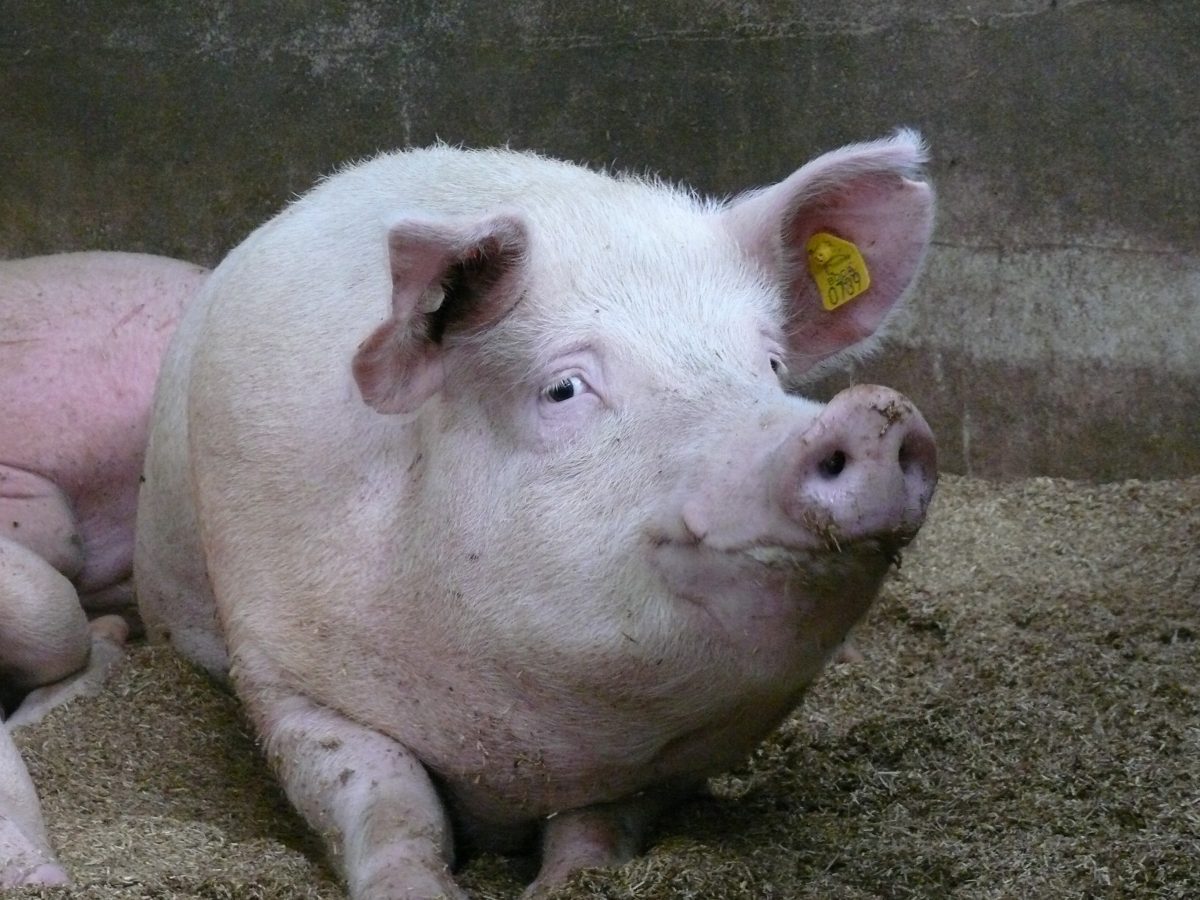
General introduction
The overall goal of this project is twofold: 1) to optimize the detection of boar taint and 2) to valorize pork with boar taint. The specific objectives are: (a) to investigate the sensitivity of Flemish citizens to androstenone; (b) to validate an LC-MS method for the simultaneous detection of the three known compounds of boar taint (androstenone, skatole en indole); (c) to evaluate the sensorial assessment by trained experts in the abattoir as an at-line method to detect boar taint; (d) to investigate whether other compounds may contribute to boar taint.
Research approach
Consumer sensitivity to androstenone is tested on >1500 consumers in six shopping centres in Flanders. We investigate associations between androstenone-sensitivity and socio-demographic variables. We validate a U-HPLC-HR-Orbitrap-MS analysis method for simultaneous quantitative determination of the three known components of boar taint. At the abattoir, we evaluate the hot-iron method used by experts to detect boar taint with regards to: (a) repeatability among experts and in the same expert, (b) the effect of habituation, (c) methods for heating fat and (d) the influence of cleaning the iron between repetitions and repeatedly singeing the same place. To find out whether other compounds contribute to boar taint, we test the effect of including the chemical analysis of these compounds for correspondence with the sensorial evaluation of the same fat samples by experts.
Relevance/Valorization
Boar taint is an unpleasant off-odour that can occur when fat from entire male pigs is heated. In order to avoid boar taint, it is common practice to surgically castrate male piglets. Becasue of ethical objections to this practice, the EU pig industry has committed itself to ban castration by 2018. This project contributes to an improved differentiation between pork with and without boar taint. This is useful both for detecting and sorting out tainted carcasses at the slaughterline, and for assessing the effectiveness of management strategies aimed at reducing boar taint.
Financing
IWT - Instituut voor de aanmoediging door wetenschap en technologie in Vlaanderen
UGent
ILVO - Instituut voor Landbouw-, Visserij- en voedingsonderzoek

